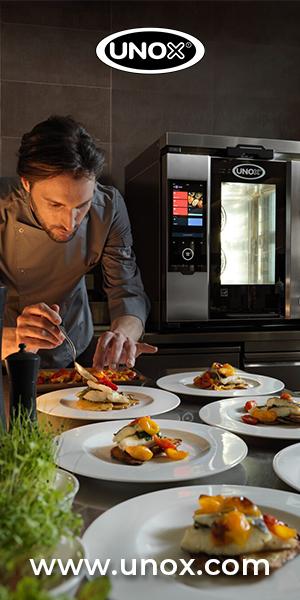Australia’s hospitality industry is continuing its steady recovery, with new data revealing that restaurants, bars and cafes across the country recorded increased average transaction values for the fourth successive financial year.
According to commerce platform Lightspeed, restaurants led the growth with average sales up 4.4% in FY25 compared to FY24, while cafes recorded a 2.6% increase and bars saw a 1.7% rise.
The data shows particularly strong performances in Western Australia and South Australia, with WA’s restaurants generating 6.1% more per sale – the highest growth nationally. Victoria, Tasmania, and Queensland also performed strongly with increases of 5.0%, 4.4%, and 4.3%, respectively.
In the bar sector, South Australia led with 5.0% growth per sale, followed by Western Australia at 4.7% and Queensland at 3.6%. Western and South Australian cafes also outperformed, with increases of 5.1% and 5.0% respectively, while New South Wales and Victoria experienced more moderate growth across all venue types.
Nicole Buisson, Lightspeed’s Managing Director for Rest of the World, said the industry is showing “green shoots of optimism” after facing significant challenges in recent years.
“The hospitality industry has been faced with quite a few challenges in recent years, but we’re now starting to see green shoots of optimism, both in our data and in anecdotal conversations we’re having with many of our customers,” Buisson said. “Restaurants, bars and cafes add so much – both socially and economically – to high streets and communities nationwide, so it’s very encouraging to see that venues are generating more per sale in the recently-concluded financial year compared to the year prior.”
However, she warned that operators cannot become complacent. “That doesn’t mean that operators can sit back and wait for the good times to roll back. Only recently, in July, a widely-anticipated interest rate cut didn’t eventuate, which suggests that uncertainty persists,” Buisson said.
“Against that backdrop, it’s important for venues to be proactive and prioritise both their customers and strategic technology adoption. Our research shows that consumer habits and needs continue to evolve. So it’s essential for operators to understand what their customers need, then provide more of the experiences that will bring them back time and again.”
According to Lightspeed’s research, 41% of venues say tech enables staff to focus on delivering exceptional customer experiences, while 47% credit it with streamlining operations. Operators report daily savings of on average one-and-a-half to close to two hours from adopting platforms like inventory management solutions, reporting tools, point of sale systems and integrated payments.
“Technology goes hand in hand with this,” Buisson said. “For venues eager to maintain recent growth in the months ahead, customer experience and technology could be the opportune place to start.”







